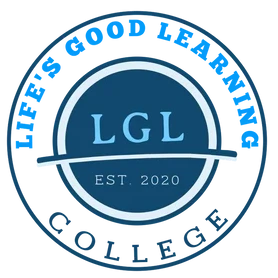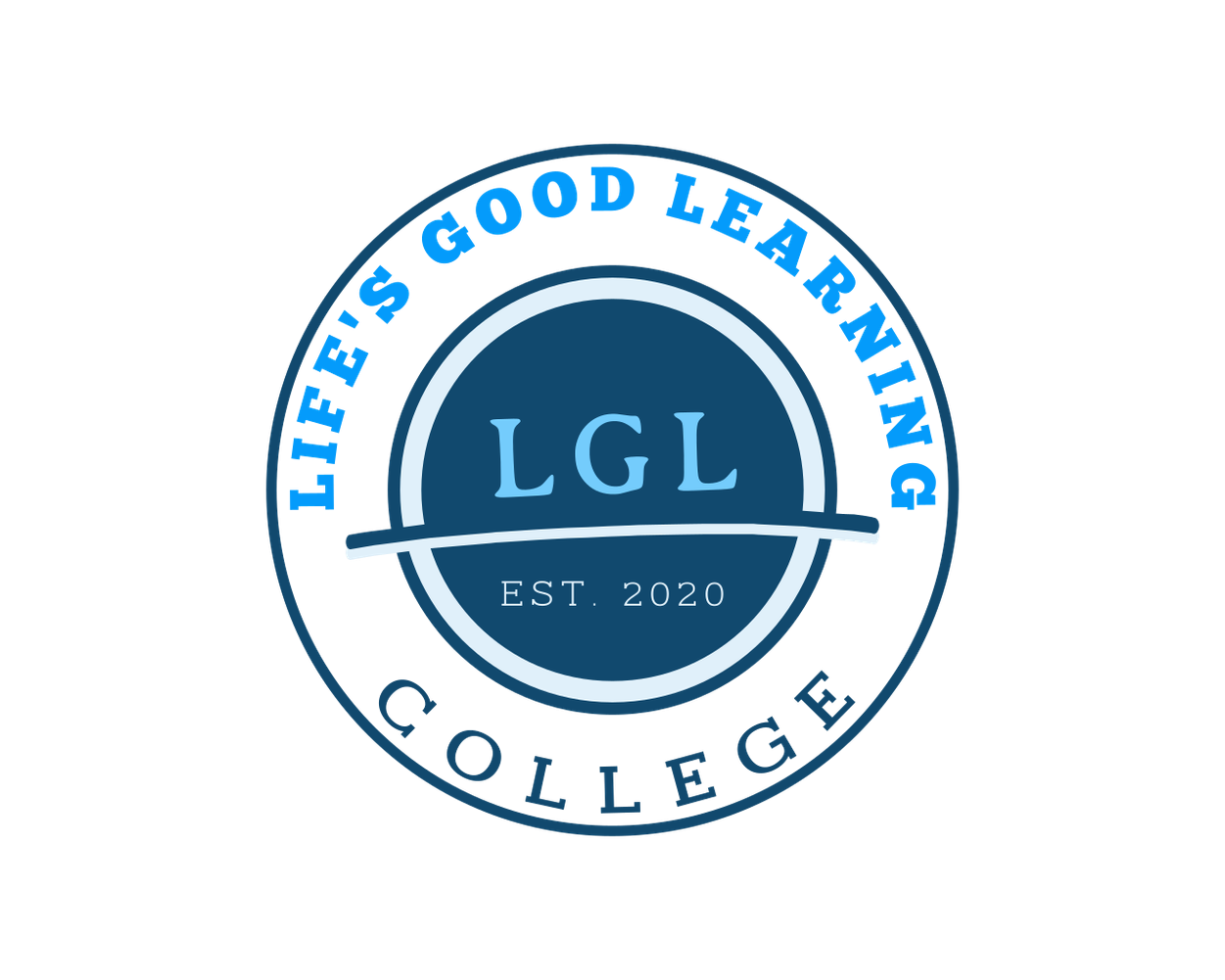
BLS vs. ACLS Certification: Which One Do You Need?
Share
Defining BLS and ACLS
Basic Life Support (BLS) is a foundational level of emergency care training focused on sustaining life until full medical treatment can be provided. It includes CPR, AED usage, and relief of choking in adults, children, and infants. It is suitable for healthcare providers, first responders, and the general public.
Advanced Cardiovascular Life Support (ACLS) is a higher-level certification tailored for healthcare professionals dealing with cardiac emergencies. ACLS covers advanced airway management, ECG interpretation, pharmacology, and team dynamics in emergency responses.
Key Differences Between BLS and ACLS
| Feature | BLS | ACLS |
|---|---|---|
| Target Audience | General healthcare workers | Doctors, nurses, paramedics |
| Course Complexity | Basic | Advanced |
| Topics Covered | CPR, AED, choking | ECG, IV access, emergency drugs |
| Prerequisite | None | BLS Certification, healthcare training |
| Use Cases | Cardiac arrest, choking | Cardiac arrest, arrhythmia, stroke |
BLS provides the core skills needed to maintain life, while ACLS builds on those with more complex medical interventions and decision-making.
Who Requires BLS Certification?
BLS certification is essential for anyone involved in patient care or emergency services. This includes:
- EMTs and paramedics
- Firefighters and police officers
- Nurses and medical assistants
- Dentists and dental hygienists
- Teachers and coaches
It's also commonly required for students entering health-related academic programs.
Who Should Pursue ACLS Certification?
ACLS is designed for professionals who provide direct care in critical or emergency settings. Individuals who should obtain ACLS include:
- Emergency room doctors and nurses
- ICU and critical care staff
- Anesthesiologists and surgical staff
- Advanced practice nurses (NPs, CRNAs)
- Paramedics working in advanced care units
If your role involves diagnosing cardiac conditions or managing emergencies beyond CPR, ACLS is the appropriate choice.
Course Content Comparison
| Component | BLS Certification | ACLS Certification |
| CPR Techniques | Adult, child, and infant | Same as BLS + High-performance team CPR |
| AED Use | Basic usage | Usage with ECG and rhythm recognition |
| Airway Management | Mouth-to-mask, bag-mask ventilation | Advanced airways: intubation, supraglottic tools |
| Emergency Meds | Not covered | Epinephrine, atropine, amiodarone, etc. |
| Team Dynamics | Single-rescuer focus | Multi-provider coordination |
| ECG Interpretation | Not covered | Rhythm recognition and clinical integration |
ACLS dives deeper into the medical science and collaborative response strategies that build on the fundamentals of BLS.
Time Commitment for Each Certification
BLS Certification typically takes 3 to 4 hours to complete. Courses can be done in-person or blended (online modules + skills assessment).
ACLS Certification requires more time, often between 10 to 16 hours across two days. Recertification is shorter but still more intensive than BLS.
Career Implications of BLS vs. ACLS
- BLS is often the minimum standard for employment in healthcare. It enables eligibility for patient-facing roles and ensures compliance with hospital and clinic regulations.
- ACLS can open doors to higher-paying roles and specialized units such as emergency departments, cardiac care, or surgery.
Employers often favor or require ACLS for roles with high-responsibility or leadership in emergencies. It demonstrates advanced knowledge and critical decision-making skills.
Making the Right Choice for Your Profession
Choose BLS if:
- You're starting your healthcare journey
- You work in non-critical care environments
- You need CPR/AED skills for general preparedness
Choose ACLS if:
- You handle emergencies or cardiac patients
- You need advanced airway, ECG, and pharmacological training
- You aim to advance your clinical responsibilities
Ultimately, ACLS builds upon BLS—so many professionals will need both at different career stages. Evaluate your current responsibilities and future goals to determine the right path.

